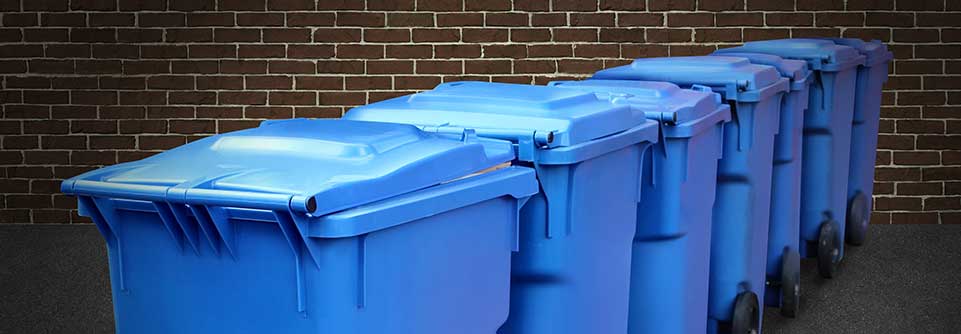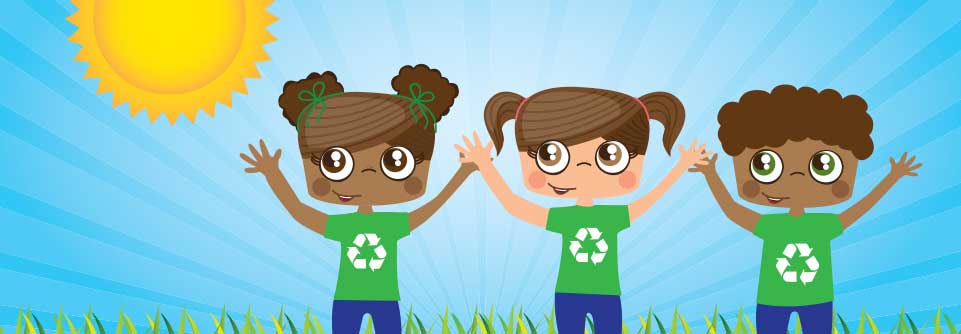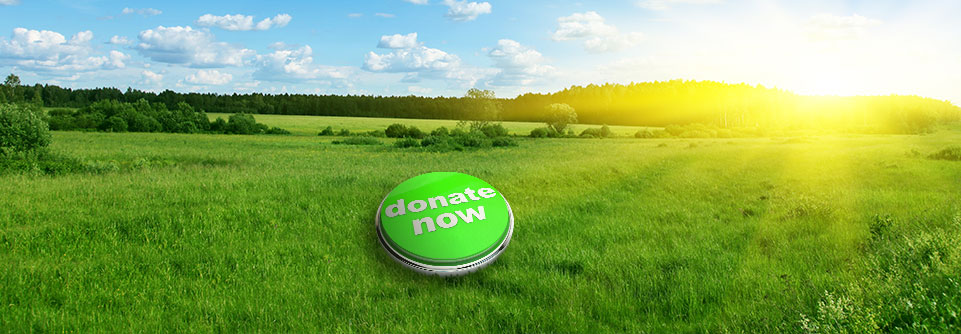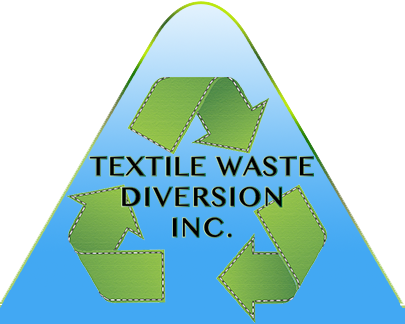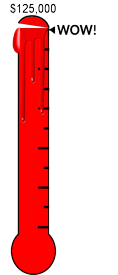
Thanks to your support in 2020, we were able to donate $125,000 to Canadian registered charities.
Blog
One of the best parts of being a leading edge company in sustainability is the friendships we make. We are fortunate to connect and collaborate with many like minded companies dedicated to good environmental citizenship. Our new friends at Soxyy are a perfect example. There is nothing cozier than fitting into the perfect pair of socks. From the way they feel [...]
All industries evolve and improve over time, and used clothing collection is no exception. Textiles only impact about 5% of landfill volume, and therefore haven’t been a priority for legislators. Until recently, the textile recycling sector operated under the radar. This lack of industry awareness meant unsustainable business practices were developed that were bad for the environment, inviting some dishonest [...]
Consumers are becoming more aware of the environmental, economical and social consequences of the purchase choices they make. They are also learning that they communicate with the market through these choices. The market is very responsive, and consumer buying trends is a science manufacturers and retailers pay very close attention to. The recent corporate sustainability and ‘green’ advertising movement is [...]
Fundraising initiatives are a priority for most charities and nonprofits, because sustained funding is essential to their ability to serve the community. Even if they have plenty of volunteers offering help, things like rent, utilities, supplies and specialized skilled labour all have to be paid. Running a charity can be an expensive endeavour. For even a small humble rural shelter, [...]

